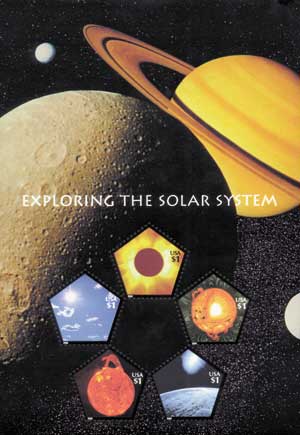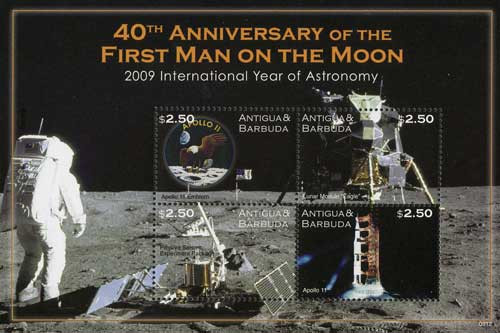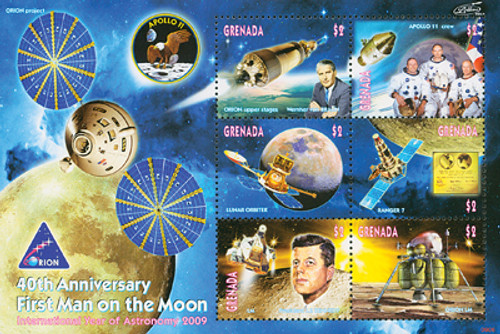
# SPC1539-40 - Sky Lab 40th Anniversary
Skylab
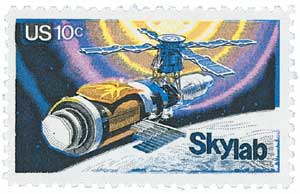
On July 11, 1979, Skylab, the first manned US space laboratory, returned to Earth after six years in space.
Werner von Braun was one of the early advocates for an American space station as early as the 1950s. He imagined a massive circular station that rotated to create artificial gravity and was manned by 80 people to forecast weather, study the solar system, and launch expeditions to the Moon and Mars. While many these goals could be carried out without the use a space station, many saw merit in a smaller space station for scientific study.

In the early 1960s, NASA began studying possible space station designs. Eventually, they decided to create Skylab by modifying the third stage of the Saturn V rocket. Skylab was created and was equipped with a wide range of scientific instruments and launched into space on May 14, 1973. During the launch, the station was damaged when the micrometeoroid shield tore off of the workshop. This dislodged one of the main solar panels, reducing Skylab’s electrical power and protection from solar heating.

Luckily, the first manned Skylab mission was launched on May 25 and those astronauts were able to loosen the jammed solar panels and replace the heat shade. This was the first time a major repair such as this was completed in space. The crew of three astronauts spent 28 days aboard Skylab during that first mission. The three astronauts also performed experiments and observed the sun in ways not possible from earth.
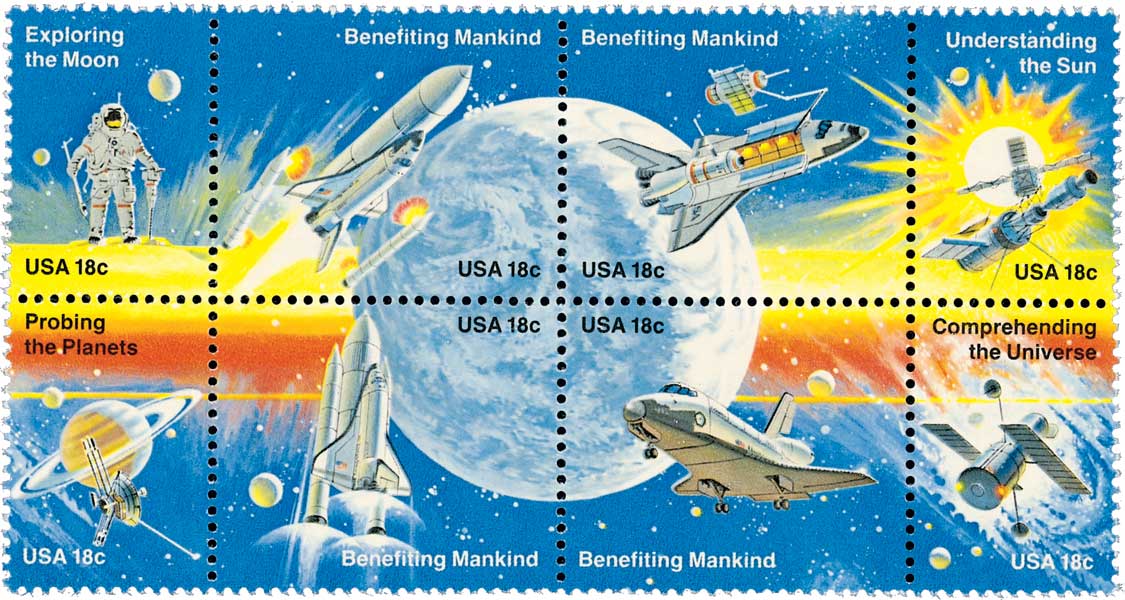
Between then and February 1974, there were two additional missions. The second mission lasted 59 days, and the third and final mission lasted 84 days, setting a record at that time. These Skylab missions included many tasks, such as testing human adaptability to weightlessness, conducting experiments at zero gravity, studying a broad view of Earth’s surface, and taking full-spectrum photos of the Universe outside of atmospheric distortion. They also studied the laws of nature and the effects of weightlessness on plant and animal development.
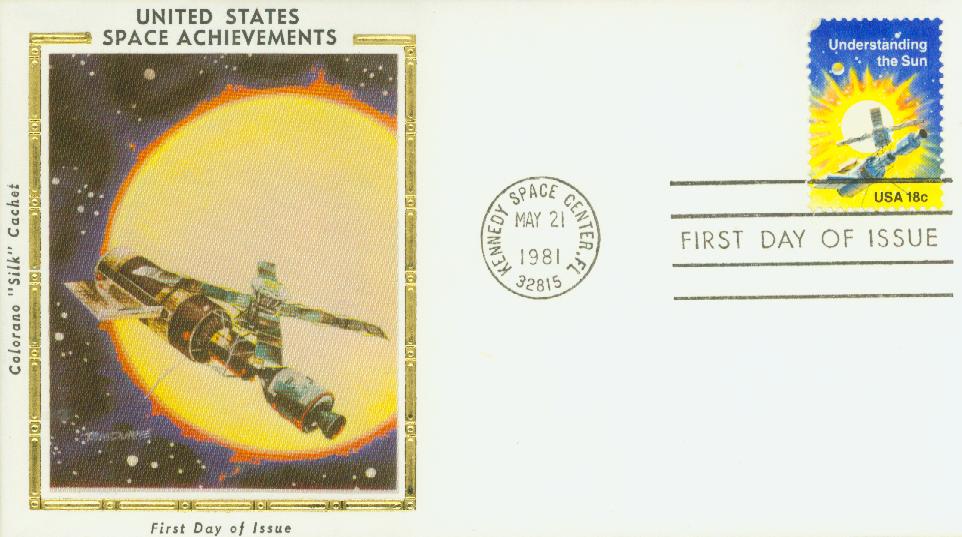
Though the station was independently a high-tech solar observatory, it also served as a test site for astronauts. NASA liked to refer to it as an “orbital workshop.” During their stay in the station’s microgravity, the astronauts conducted experiments and recorded medical data on each other as they orbited the earth at 16,000 miles per hour. Their work proved that humans could live and work in space for long periods of time. The success of the Skylab project encouraged the continued inclusion of humans in space study.
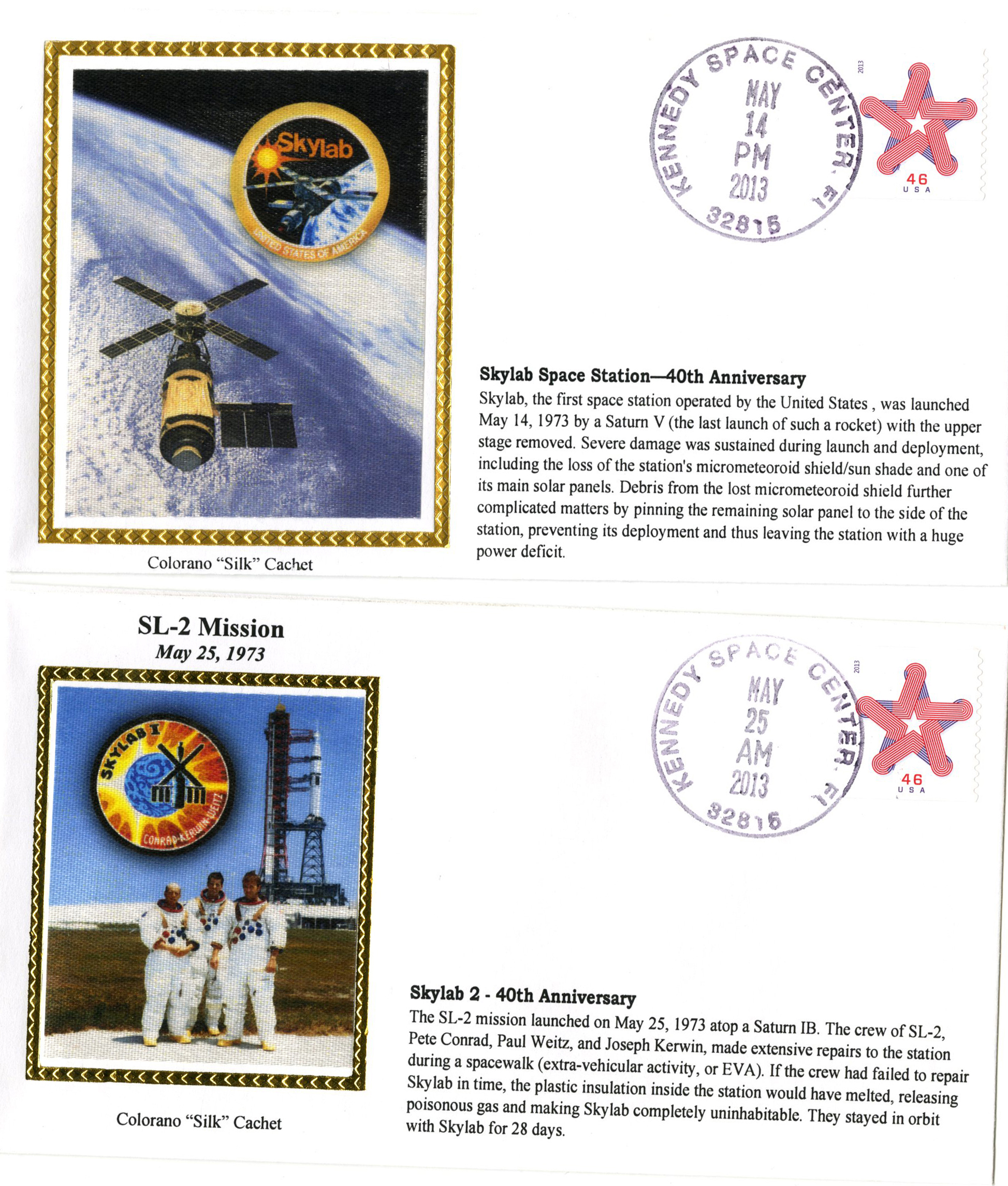
Skylab remained in Earth’s orbit from 1973 to 1979. Plans were made to dock a space shuttle with the lab, but in 1979, disturbances from solar storms knocked Skylab out of orbit. On July 11, 1979, Skylab began its atmospheric reentry and disintegrated as it re-entered Earth’s atmosphere. Skylab brought back about 94,000 frames of film and 100,000 feet of tape for space researchers to study.
Click here for photos, videos, and more about Skylab from the NASA website.
Skylab

On July 11, 1979, Skylab, the first manned US space laboratory, returned to Earth after six years in space.
Werner von Braun was one of the early advocates for an American space station as early as the 1950s. He imagined a massive circular station that rotated to create artificial gravity and was manned by 80 people to forecast weather, study the solar system, and launch expeditions to the Moon and Mars. While many these goals could be carried out without the use a space station, many saw merit in a smaller space station for scientific study.

In the early 1960s, NASA began studying possible space station designs. Eventually, they decided to create Skylab by modifying the third stage of the Saturn V rocket. Skylab was created and was equipped with a wide range of scientific instruments and launched into space on May 14, 1973. During the launch, the station was damaged when the micrometeoroid shield tore off of the workshop. This dislodged one of the main solar panels, reducing Skylab’s electrical power and protection from solar heating.

Luckily, the first manned Skylab mission was launched on May 25 and those astronauts were able to loosen the jammed solar panels and replace the heat shade. This was the first time a major repair such as this was completed in space. The crew of three astronauts spent 28 days aboard Skylab during that first mission. The three astronauts also performed experiments and observed the sun in ways not possible from earth.

Between then and February 1974, there were two additional missions. The second mission lasted 59 days, and the third and final mission lasted 84 days, setting a record at that time. These Skylab missions included many tasks, such as testing human adaptability to weightlessness, conducting experiments at zero gravity, studying a broad view of Earth’s surface, and taking full-spectrum photos of the Universe outside of atmospheric distortion. They also studied the laws of nature and the effects of weightlessness on plant and animal development.

Though the station was independently a high-tech solar observatory, it also served as a test site for astronauts. NASA liked to refer to it as an “orbital workshop.” During their stay in the station’s microgravity, the astronauts conducted experiments and recorded medical data on each other as they orbited the earth at 16,000 miles per hour. Their work proved that humans could live and work in space for long periods of time. The success of the Skylab project encouraged the continued inclusion of humans in space study.

Skylab remained in Earth’s orbit from 1973 to 1979. Plans were made to dock a space shuttle with the lab, but in 1979, disturbances from solar storms knocked Skylab out of orbit. On July 11, 1979, Skylab began its atmospheric reentry and disintegrated as it re-entered Earth’s atmosphere. Skylab brought back about 94,000 frames of film and 100,000 feet of tape for space researchers to study.
Click here for photos, videos, and more about Skylab from the NASA website.




